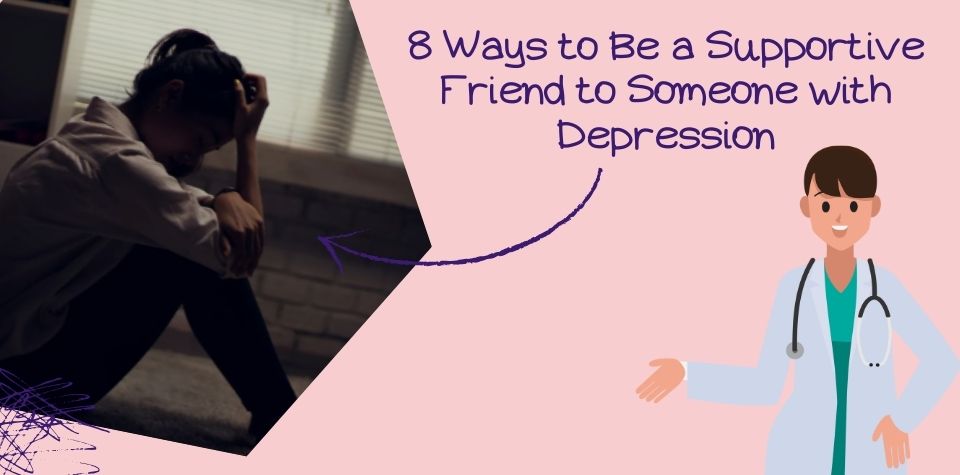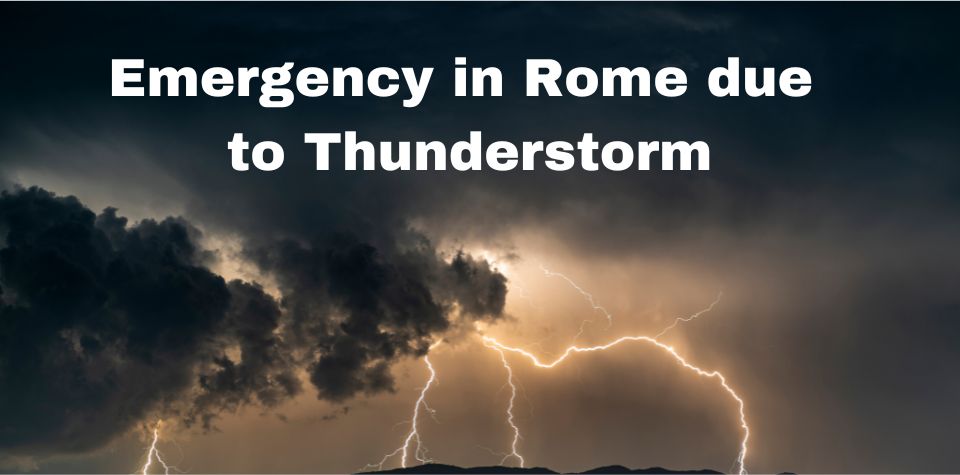In the intricate tapestry of the human experience, threads of joy, triumph, and connection weave together with threads of pain, adversity, and trauma. At the heart of this delicate balance lies Post-Traumatic Stress Disorder (PTSD), a profound and often misunderstood facet of mental health that casts its shadow on millions of people worldwide. This comprehensive exploration aims to unravel the intricate layers of PTSD, shedding light on its multifaceted nature, the diverse range of experiences that can trigger it, its complex symptoms, and the path toward healing.
Understanding the Depths of PTSD:
PTSD (Post-Traumatic Stress Disorder) is a mental health condition that may develop in the aftermath of a traumatic event. Contrary to common belief, it extends beyond the realm of combat veterans, affecting people from all walks of life, irrespective of age, background, or profession. To comprehend the nuances of PTSD, it is essential to delve into the various aspects that contribute to its development and impact.
Causes of PTSD
Trauma is subjective, and different individuals may respond to similar events in different ways. The causes of PTSD are varied, and they can include:
Combat and War:
Military personnel who have been deployed in combat zones may experience intense and prolonged stress, witnessing traumatic events and fearing for their lives.
Physical or Sexual Assault:
Survivors of physical or sexual assault may develop PTSD. The violation of personal boundaries and the threat to one’s physical and emotional well-being can lead to lasting trauma.
Natural Disasters:
Due to the abrupt and overwhelming nature of natural catastrophes like earthquakes, hurricanes, floods, or wildfires, those who have experienced them may acquire post-traumatic stress disorder (PTSD).
Accidents:
People who have been involved in severe accidents, such as car crashes or plane crashes, may develop PTSD. The sudden and life-threatening nature of accidents can be traumatic.
Childhood Abuse or Neglect:
Adults who have seen physical, psychological, or sexual abuse or neglect in their childhood may get PTSD.
Medical Trauma:
Serious illnesses, surgeries, or medical procedures that are particularly distressing or life-threatening can be traumatic and lead to the development of PTSD.
Witnessing Violence:
People who have witnessed violence, whether it be community violence, domestic violence, or other forms of aggression, may develop PTSD.
Loss or Death of a Loved One:
Losing a loved one suddenly and unexpectedly, especially if they were killed, can be a painful experience that causes PTSD.
Symptoms of PTSD:
Understanding PTSD requires an exploration of its diverse and often interconnected symptoms. These symptoms can be characterized into four clusters:
Intrusive Memories:
People with PTSD may experience distressing and intrusive memories of the traumatic event. These can manifest as flashbacks, nightmares, and persistent painful thoughts, disrupting daily life and mental well-being.
Avoidance:
A common coping mechanism for those with PTSD is to avoid memories or reminders of the traumatic event. This includes avoiding places, people, or activities associated with the trauma, often leading to social isolation.
Negative Changes in Thinking and Mood:
The aftermath of trauma can bring about persistent negative emotions, such as shame, guilt, and fear. Changes in mood, feelings of detachment, difficulty trusting others, and a distorted sense of blame can also characterize this cluster of symptoms.
Changes in Reactivity and Arousal:
People with PTSD may exhibit heightened reactivity and arousal. This can manifest as hypervigilance, irritability, difficulty concentrating, and disturbances in sleep patterns, creating additional challenges in daily functioning.
The Road to Healing:
Recovery from PTSD is a multifaceted journey that demands a comprehensive approach. While each person’s experience with PTSD is unique, there are overarching strategies and principles that can guide the healing process:
Seeking Professional Help:
Trained therapists and counselors play a pivotal role in guiding people through the complexities of PTSD. Evidence-based therapies, such as CBT (Cognitive Behavioral Therapy) and EDMR (Eye Movement Desensitization and Reprocessing), have shown efficacy in treating PTSD.
Medication:
In certain cases, drugs may be prescribed to alleviate specific symptoms associated with PTSD, such as anxiety or depression. It is essential for people to work closely with healthcare experts to find the most suitable treatment plan.
Building Support Systems:
Establishing a robust support network is vital for people navigating PTSD. Friends, family, and fellow survivors can provide understanding, empathy, and a sense of connection that is instrumental in the healing process.
Self-Care Practices:
Prioritizing self-care is fundamental in managing PTSD. Engaging in activities that promote emotional, physical, and mental well-being—such as regular exercise, mindfulness, and creative outlets—can contribute significantly to the overall recovery journey.
Educating Yourself:
Empowering people with knowledge about PTSD, its triggers, and its impact is essential. Education fosters understanding, reduces stigma, and enables people to actively participate in their healing process.
Conclusion:
I hope you find this blog informative. Post-Traumatic Stress Disorder is a complex and multifaceted mental health condition that demands a nuanced understanding and approach. By unraveling its layers, acknowledging its diverse triggers, and exploring the intricate tapestry of symptoms, we may contribute to a more compassionate and informed discourse surrounding PTSD. As we collectively work to dismantle stigmas, raise awareness, and provide support, we pave the way for a world in which people affected by PTSD can find hope, resilience, and a pathway to holistic recovery.
For more trending updates or fitness tips, click here!











